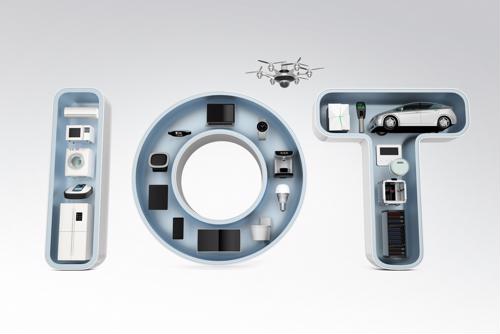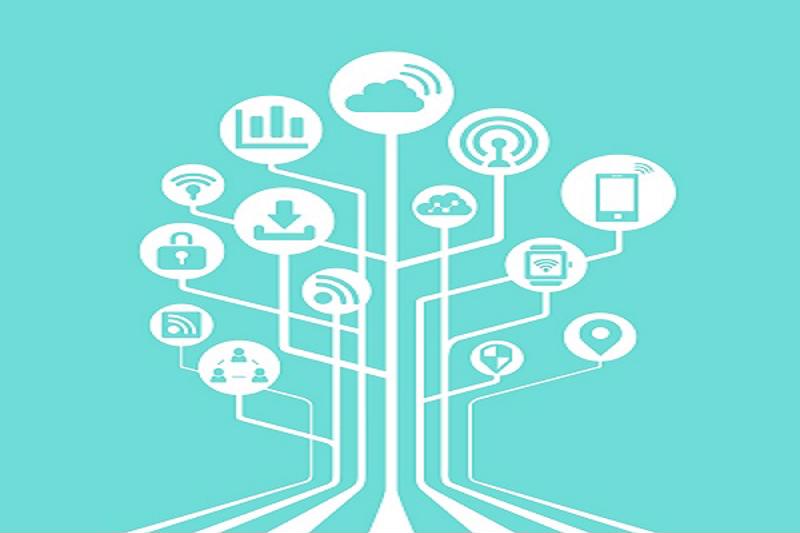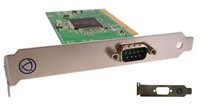
Benefits of IoT stickers
By Max BurkhalterApril 4, 2022
The Internet of Things (IoT) has provided significant data collection capabilities for devices connected across shared networks. Enhancing data transmission outcomes for virtually every industry, multiple sectors have benefited from the instantaneous transfer of information the IoT affords.
Among the impressive and advanced forthcoming IoT-powered technologies?
Stickers.
Not your average adhesive
Designed as a disposable form factor without batteries, IoT stickers are data collection devices. Wiliot's Bluetooth-enabled sensor tags first utilized tiny semiconductor chips fastened to adhesives in order to perform a variety of task-enhancing functions.
Envisioned as a tracking device affixed to a product at the manufacturing stage, smart stickers could follow the life cycle of the product's development and deployment. This would allow the developer the ability to capture distribution and delivery data right up until the point the end user removes the sticker-attached packaging.
This technology is being adopted by a host of new industries, with future applications that could one day benefit end-users in a variety of life-hack enabling ways.
- Stickers attached to produce? This would allow grocers new ways to monitor the shelf life of their inventory.
- Adhesives on clothing? Potentially one way to reduce human-laundry mishaps.
- Imagine a sticker attached to a piece of white clothing that could communicate with your washing machine in order to ensure it doesn't come out of the cycle pink.
While these practical uses certainly aim to enhance customer experiences, the medical community has already embraced the diagnostic benefits of these worn adhesives for patients.

Skin sensing stickers
An article published by The World Economic Forum in 2019 highlighted the work of researchers who utilized sensor-equipped stickers to monitor the health of test subjects. By affixing diagnostic reading technology to a subject's abdomen, they were able to gauge their pulse and breathing rate based on how the skin connected to the sensor stretched.
Similarly, stickers placed upon the elbows and knees of the test subjects could gauge the level of muscle contraction for the biceps, triceps, quadriceps and hamstrings simply by assessing the pull of the skin across the sticker-attached joints.
A report published by Hindawi detailed the benefits of IoT-powered sensor technologies for patients suffering from Alzheimer's disease. Stickers and other sensors afforded ease of use for healthcare providers who could observe changes in patient condition remotely, thanks to radio-frequency identification (RFID) and Bluetooth transmissions. Conversely, patients requiring extensive monitoring could now relax in the comfort of their own homes while remaining under constant observation.
Additionally, the introduction of Message Queue Telemetry Transport (MQTT) and WebSocket (an authentication protocol) assist in safeguarding delicate patient information as it is transmitted between devices.
Little stickers, big business
Given the wide range of usage possibilities, sensor-equipped stickers have aided the wearable technology sector market size to expand at a compound annual growth rate (CAGR) of 13.8% from 2021 to 2028.
Perle Systems provides IoT-powered solutions for today's technology-enhanced industries. To learn more about how Perle industrial ethernet switches are assisting the medical industry, visit our healthcare solutions page. Our case studies page showcases the commitment to IoT-powered solutions Perle is providing today's business leaders.



